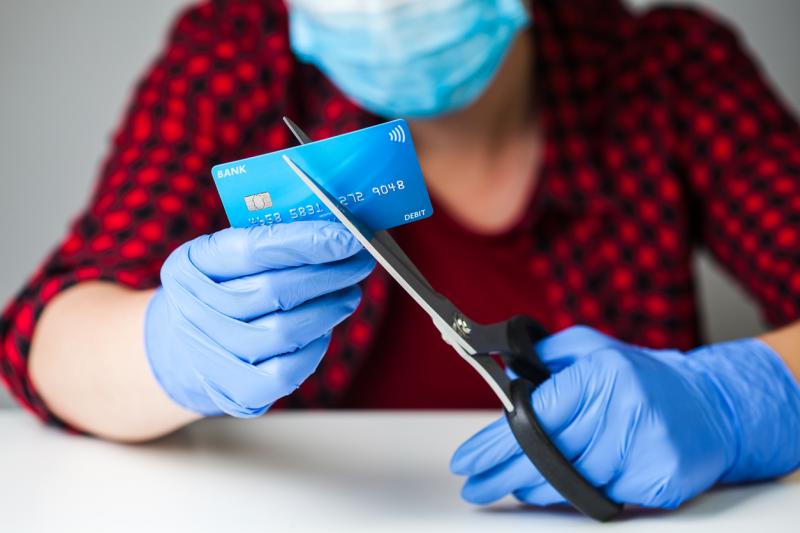What Happens When Consumer Proposals Are Rejected

Consumer proposals are a helpful and effective way to reduce your debt and work towards financial freedom. They help those struggling with large amounts of debt by working with their creditors to come to a payment arrangement that helps the individual repay their debt and the creditors with receiving late payments.
Still, not everything is perfect with the system of consumer proposals, and nowhere is this more evident than when they get rejected. Proposal rejections can be the result of numerous issues, which are explained in more detail just down below. Before that, however, we must first look at what happens when these rejections occur.
What Happens When Consumer Proposals Are Rejected
Consumer proposals are often not rejected right away. First, there will be a period of negotiation. Then, if more than 25% of creditors reject the proposal, there will be a meeting of the creditors. If this fails to resolve the issue, you will have to explore alternative methods of debt management. Let’s look at each of these steps in more detail.
Negotiations
The first step in a consumer proposal, after filing, of course, is to negotiate. These negotiations typically occur between your chosen Licensed Insolvency Trustee (LIT) and the rejecting creditor and may involve increasing your monthly payment to allow them to recoup more of their initial loan.

Meeting of Creditors
If more than one-quarter of your creditors reject the consumer proposal, the next step is a meeting of the creditors. During this meeting, negotiations will occur between the creditors themselves and with your LIT as well. Similar to the negotiation process described above, the typical changes involve paying more money to help creditors recoup their costs.
Alternative Methods
If the meeting of creditors fails to get acceptance for your consumer proposal, it will remain rejected. In these situations, it is best to work with your LIT to find an alternative solution. This may include financial literacy training, bankruptcy or another option proposed by your LIT.
Why Are Consumer Proposals Rejected?
For most people, filing a consumer proposal is the best way to relieve debt pressure. In most circumstances, these documents are approved with little to no issue, especially since the process is so well regulated and self-contained. However, there are some reasons why proposals may be rejected, including:
Improper Filing
The easiest problem to fix, improper filing, is often a simple mistake. These issues are typically fixed with little issue, but they can delay the successful completion of a consumer proposal unnecessarily.
Payment Amounts Are Too Low
Perhaps the most common issue with consumer proposals is that they are set out for an amount too low. This is usually the stage where your LIT will help provide advice and support in case you need to raise the payment amount or negotiate further with your creditors.
A History of Fraudulent Activity
If you have a history of fraudulent activity, you may find it more difficult to go through with a consumer proposal. Of course, the specifics of these unique situations will often play a significant part in the final ruling, but this can nonetheless be a reason for the rejection of your proposal.
Suspicious Activity Immediately Prior to Filing
When creditors see a sudden increase in the number of expensive purchases or an uptick in the frequency of credit use immediately before a consumer proposal is filed, they may reject the proposal to gather more information. This can delay the process and should be disclosed to your LIT before filing occurs. This is the best way to ensure that your proposal is accepted without issue.
More to Read:
Previous Posts:





